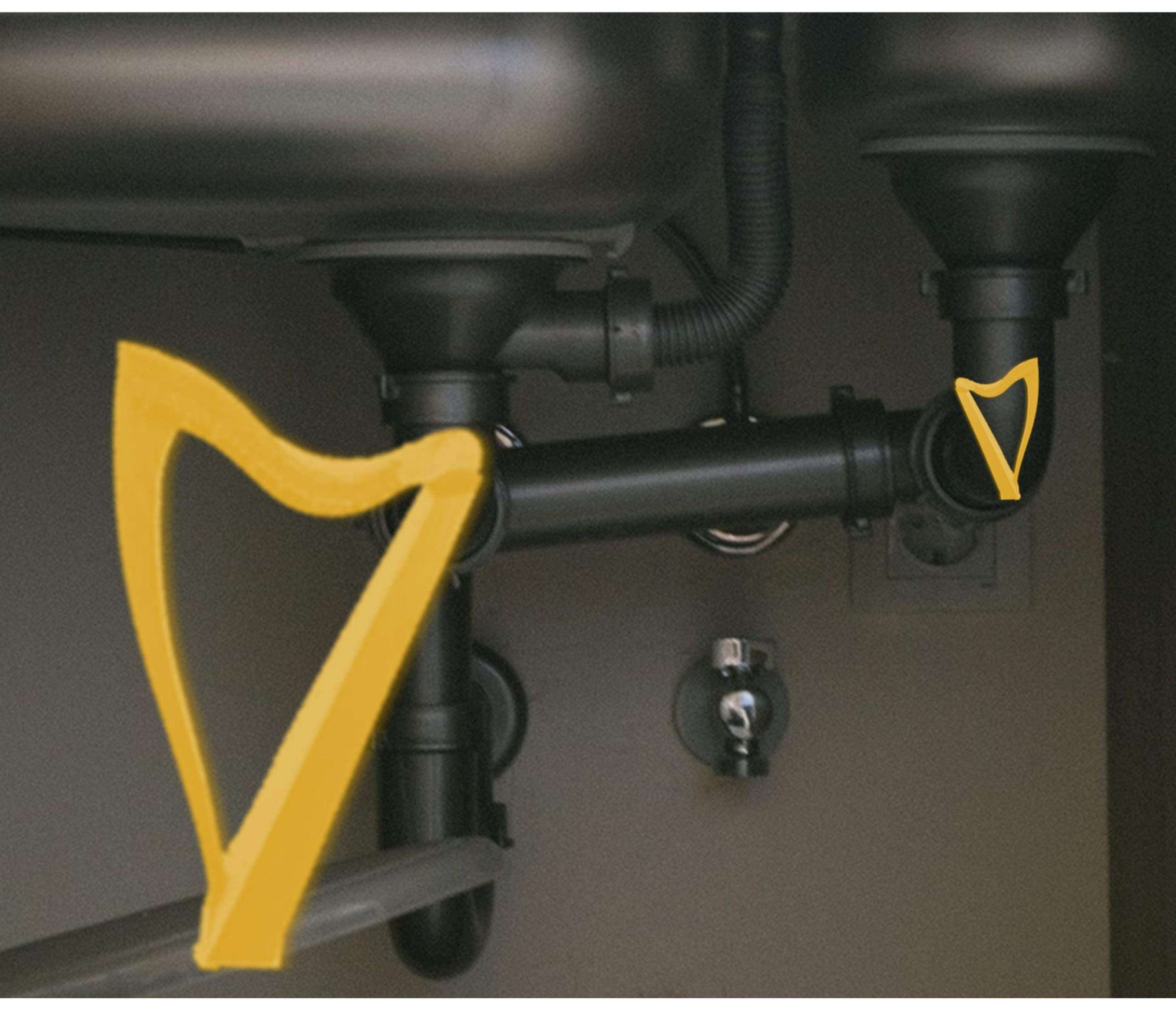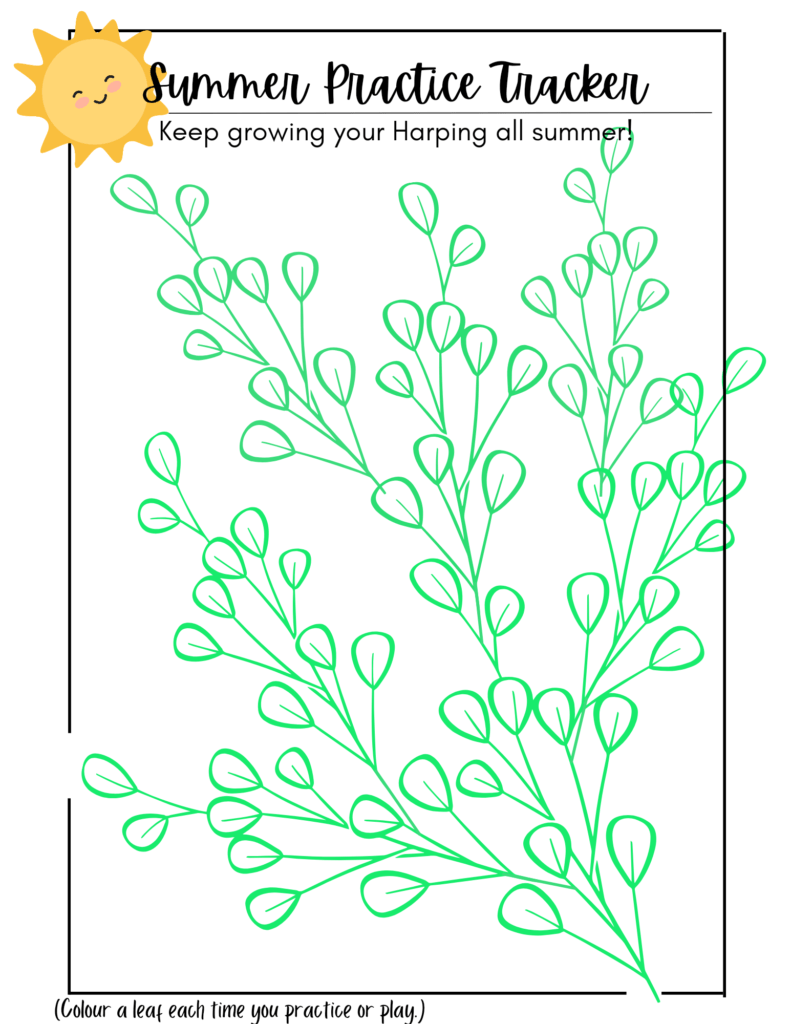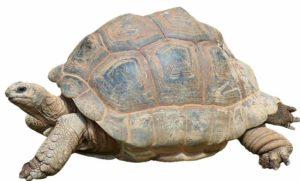One of the most frustrating things when learning a new piece of music is getting it established in your head. Whether you get your music by rote or by reading (or hybrid), we often feel like we should have a tune quickly. But is that really reasonable?
In a word – No.
Learning a tune and learning to play a tune (and I’d argue those are different but related) require repeated exposure. Repeated means – repeats….and lots of them!

You might wonder why you need so much repetition – even if you’re a quick learner. Well, there are two basic reasons – first, because there’s a lot to learn and second because you probably don’t make as many repeats as you think when you practice.
There is a lot to learn, and I find that we typically underestimate how much we need to learn for each piece we take on. While we focus on our fingers, it’s our brains that have the lion’s share of the work here! We need to recognize and recall a lot of stuff. Here are just a few of the things you need to learn for each tune:
> You have to know how the tune sounds
> You have to know where the tune goes
> You have to know where your fingers go
> You have to know the order of the notes of the melody
> You have to know the chord progression of the harmony
> You have to know the notes of the harmony
> You have to know the order of the fingers
> You have to know the rhythm
> You have to know the dynamics
> You have to know the phrasing
> You have to know how this tune relates (or is contrary) to other tunes you already know
> You have to remember all that
And more. Hopefully, that gives you an appreciation for what you’re doing as you learn.
So, then the question is, how many repetitions. Often, we feel like we’re playing something over and over and over and over. And we are. But look at that list again – each of those things is impacting each repetition. So, you can begin to understand why so much repetition is needed.
Let’s start by thinking about what we’re trying to by making those repetitions. We are trying to memorize how the (entire) piece sounds. We also need to perform serial recall of two different lines – the melody and the harmony which more often than not are completely different, yet related. We have to master the motor activity of placing, playing, closing, moving, and doing it again and again. But more importantly, we have to connect all of those things, in the right sequence within the appropriate relative time, while detecting anomalies (aka mistakes) and correcting them. Whew! No wonder it’s hard!
There is no set number of repetitions required (that would be too easy!). One metric is easiness – how easy does it feel to play? Yes, it’s qualitative, but this isn’t rocket science, so it’s ok. When you’re moving along your learning curve, there will come a point when you realize that it is just easier to play – you’re not struggling as much to remember what comes next, your fingers actually feel like you are in control, your brain doesn’t feel like you’re about to combust! You may be more able to play faster or to keep both hands going.
The keys to getting there probably include not counting your reps, but instead focusing on what you’re doing, what you’re thinking about, what you’re not able to do just yet, and how you have done compared to yesterday, the day before, etc.
If it helps you to keep focused on practicing, you can use pennies, beans, or beads to keep track. These tools can be helpful to show yourself that you are actually practicing as much as you think you are. As long as you recognize that time (and number of repetitions) isn’t all that matters – what you do with that time is what matters.
The last thing to keep in mind is repetition has to happen across days and weeks, not just within individual practice sessions. You can’t really learn all that (see the list again) in a single sit down, so don’t think you will! If you feel compelled to have some detail, the next time you learn a new tune, keep track of how much time you practice, over how many days/weeks, and how many repetitions you actually perform each time – it should be fairly eye opening.
What’s your experience with repeats? Let me know … in the comments!










